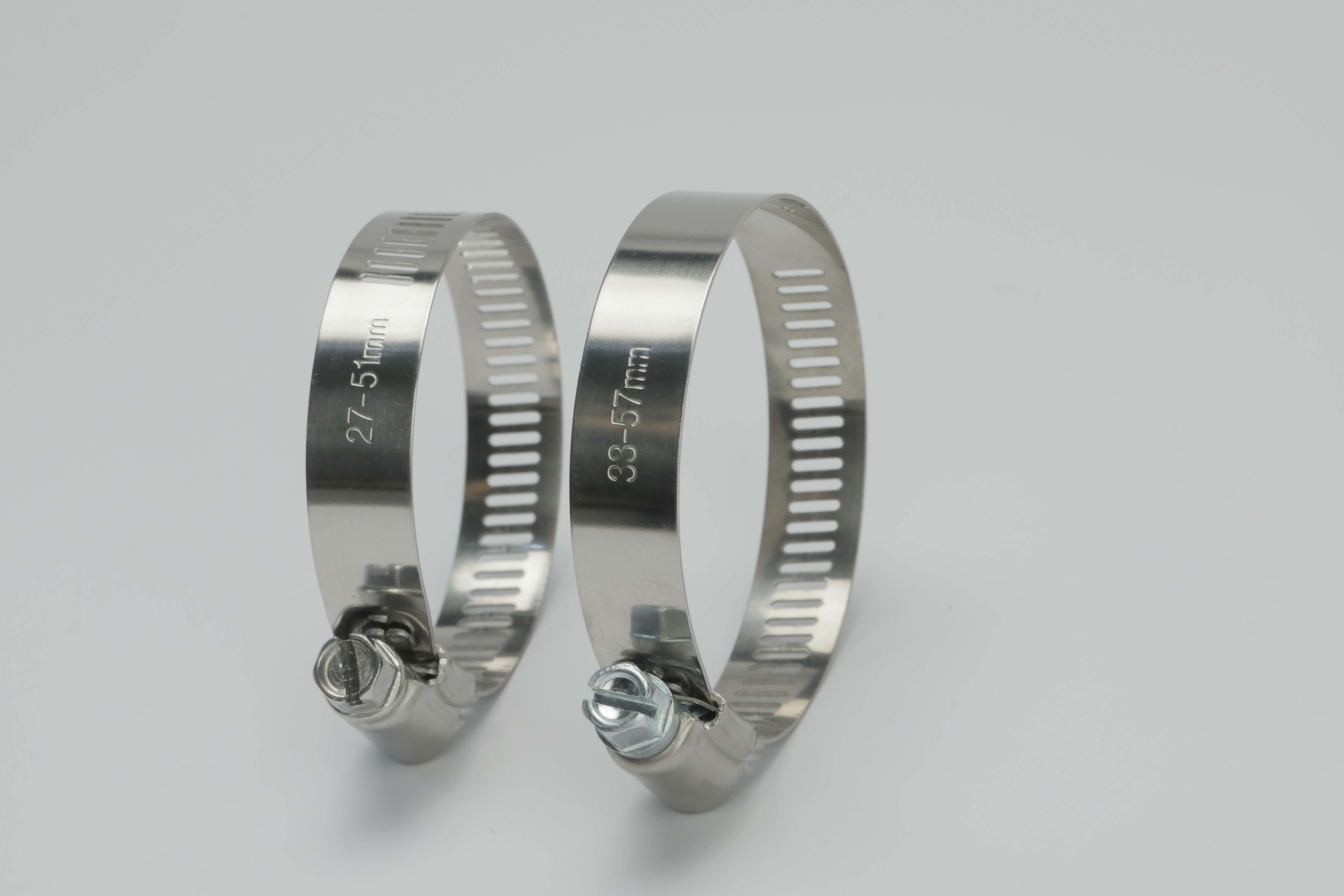- Phone:+86-17331948172 +86-0319-8862898
- E-mail: inquiry@puxingclamp.com
Sep . 23, 2024 11:00 Back to list
High-Quality Performance Hose Clamps for Optimal Performance and Durability Solutions
Understanding Performance Hose Clamps A Key Component for Fluid Management
In the world of automotive and industrial applications, performance hose clamps play a crucial role in ensuring the integrity and efficiency of fluid transfer systems. These seemingly small components are essential for securing hoses and ensuring that they do not leak or disconnect under pressure. Whether in racing cars, heavy machinery, or domestic applications, the choice of hose clamps is pivotal for reliability and performance. This article will explore the various types of performance hose clamps, their applications, and the factors to consider when selecting them.
What Are Performance Hose Clamps?
Performance hose clamps are specifically designed to hold hoses tightly and securely in place. They come in various styles, materials, and sizes, ensuring they meet the demands of different applications, from high-performance engines to standard domestic plumbing. The main function of a hose clamp is to create a tight seal around the hose, preventing fluid leaks and maintaining proper system pressure.
Types of Performance Hose Clamps
1. Worm Gear Clamps One of the most common types of hose clamps, worm gear clamps consist of a band and a screw mechanism that allows for adjustable tightening. They are easy to install and can fit a variety of hose diameters. Their versatility and strength make them a staple in both automotive and industrial settings.
2. Spring Clamps These clamps use a spring mechanism to exert constant pressure on the hose. Spring clamps are ideal for applications where vibrations might loosen other types of clamps. They are commonly used in automotive hoses that may experience significant movement.
3. T-Bolt Clamps Designed for high-performance applications, T-bolt clamps feature a T-bolt and a heavy-duty band. They provide superior clamping force and are excellent for larger diameter hoses. T-bolt clamps are often found in turbocharged and supercharged applications where high levels of pressure are common.
4. Quick Release Clamps These clamps allow for rapid attachment and detachment of hoses. They are particularly beneficial in applications where hoses need to be frequently connected or disconnected, such as in racing environments.
5. Custom Clamps For specialized applications, custom hose clamps can be designed to meet unique requirements. These clamps may incorporate specific materials or designs to handle unique pressure or temperature conditions.
performance hose clamps

Applications of Performance Hose Clamps
Performance hose clamps are utilized across numerous industries, including
- Automotive In high-performance automotive engines, hose clamps are critical for the effective operation of cooling systems, fuel lines, and intake systems. They ensure that hoses remain securely attached under high pressure and temperature variations. - Industrial In manufacturing and processing plants, hose clamps are used to manage fluid transfer in various systems. Their reliability can significantly influence the efficiency of production lines. - Aerospace In aviation, where safety and performance are paramount, specialty clamps are used to secure hoses in fuel and hydraulic systems. - Marine In marine applications, hose clamps must resist corrosion from saltwater and other harsh environmental conditions, making material selection crucial.
Selecting the Right Performance Hose Clamp
When choosing the appropriate hose clamp for a specific application, several factors should be considered
1. Material The material of the hose clamp should be compatible with the fluid being transferred and the environmental conditions. Stainless steel offers corrosion resistance, while plastic clamps may be suitable for non-critical applications.
2. Size The clamp must fit the hose snugly. Measuring the outer diameter of the hose is essential to selecting the correct size.
3. Pressure Rating Different clamps are rated for varying pressure levels. It is crucial to select a clamp that can handle the specific pressures encountered in the application.
4. Ease of Installation Depending on the application, the ease of installing and removing the hose clamp may be a significant factor, especially in environments that require frequent maintenance.
In conclusion, performance hose clamps are vital components that ensure the efficiency and safety of various fluid transfer systems. By understanding the different types available and the factors influencing their selection, users can make informed decisions that enhance performance and reliability in their applications. Whether in racing, industrial manufacturing, or everyday plumbing, the right hose clamp can make all the difference in maintaining system integrity.
-
Large Stainless Steel Adjustable American Type Hose Clamp - Hebei Pux Alloy Technology Co., Ltd|Corrosion Resistance&High Breaking Torque
NewsJul.30,2025
-
Large Stainless Steel Adjustable American Type Hose Clamp - Hebei Pux Alloy Technology Co., Ltd
NewsJul.30,2025
-
Large Stainless Steel Adjustable American Type Hose Clamp - Hebei Pux Alloy Technology Co., Ltd|Corrosion Resistance&Industrial Applications
NewsJul.30,2025
-
Large Stainless Steel Adjustable American Type Hose Clamp-Hebei Pux Alloy Technology Co., Ltd|Corrosion Resistance, Adjustable Design
NewsJul.30,2025
-
Large Stainless Steel Adjustable American Type Hose Clamp - Hebei Pux Alloy Technology Co., Ltd. | High Breaking Torque & Corrosion Resistance
NewsJul.30,2025
-
Large Stainless Steel Adjustable American Type Hose Clamp - Hebei Pux Alloy Technology Co., Ltd
NewsJul.30,2025




